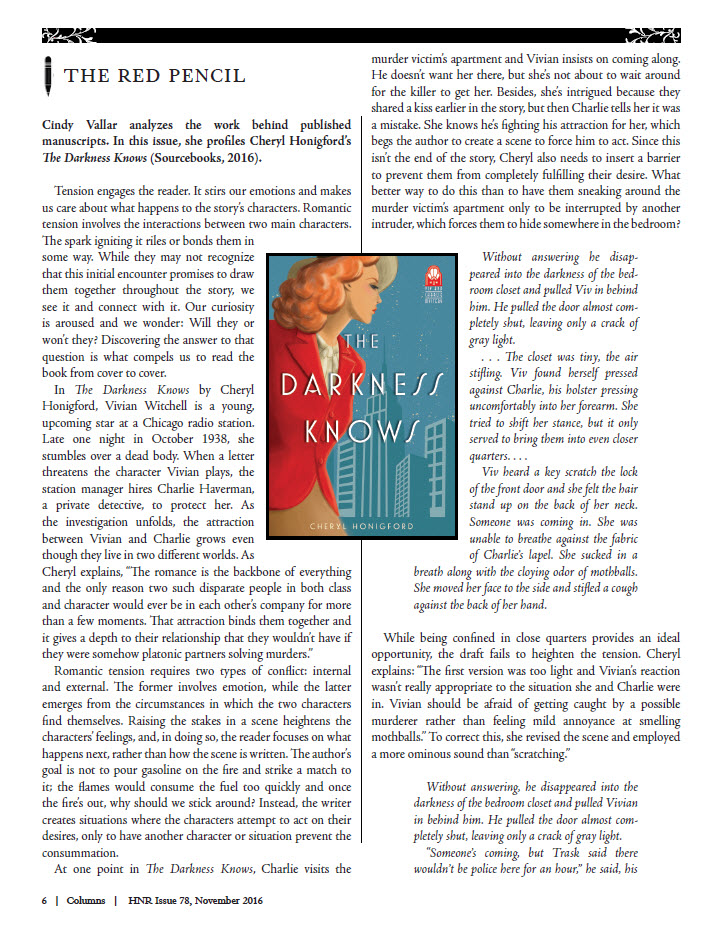Podcasts – True Crime Edition
I’ve already discussed my love of podcasts on this blog, and I’ve shared some audio drama recommendations with you. I also love a good true crime story, so today I’m sharing a few of my favorite podcasts in that genre. All are available on Stitcher (android) and iTunes (apple) or through the podcast websites – links below.
- Serial – The first season covers Adnan Syed and the murder of Hai Min Lee. This is the mother of all true crime podcasts and the one that got me hooked… (The second season is a disappointing departure – in my opinion – covering the Bowe Bergdahl case.)
- In the Dark – This series is incredibly well done, but so hard to listen to. This is different from the others on this list since the kidnapping and murder of a boy in MN was recently solved, and it’s told from the perspective of already knowing that.
- Accused – Covers the unsolved murder of a young co-ed in the early 1980s in at Miami U in Ohio and police/prosecutor mishandling and/or corruption.
- Someone Knows Something – First season covers the disappearance of a young boy in 1970s Canada. Second season has just started.
- Missing & Murdered: Who Killed Alberta Williams? – Covers the murder of a first nations woman in western Canada along what’s known as The Highway of Tears in the late 1980s. Interesting in that in brings in the treatment of First Nations people in Canada and how that affected generations of families.
- Stranglers – Covers the Boston Strangler murders in the early 1960s
- Up and Vanished – Covers the unsolved disappearance of a young former beauty queen and teacher in GA in the early 2000s.
- Criminal – An anthology series that covers a different story every episode – usually. The two episodes about Melinda are fascinating.
- Already Gone – Another anthology series that discusses older (and very cold) missing and murdered cases.


